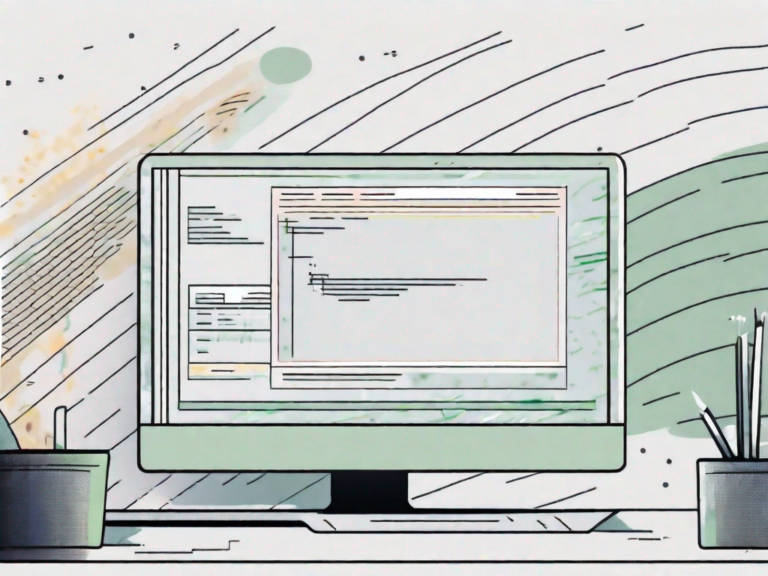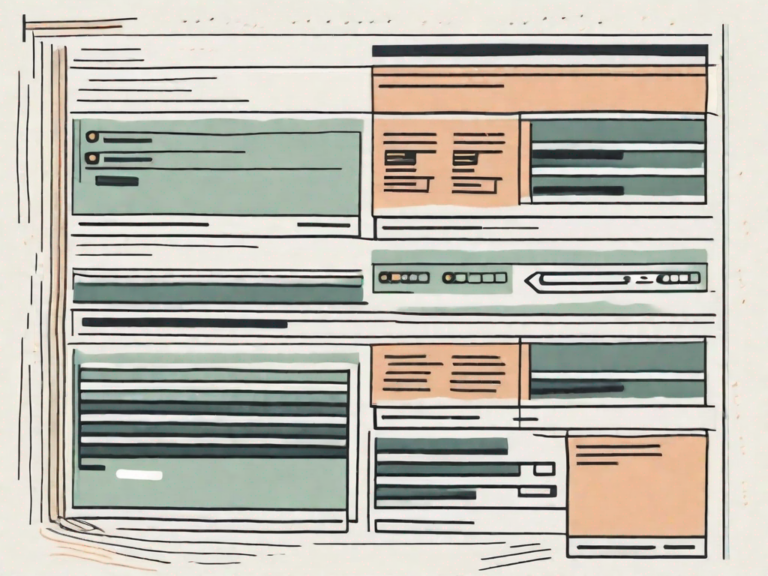HTML Tutorials
HTML is one of the most essential skills for any web designer to have. In this article, you’ll learn what HTML is, how to write your own HTML, and how to master the basics of this powerful markup language.
Introduction to Hypertext Markup Language
HTML, or Hypertext Markup Language, is the standard markup language used to create web pages. HTML is the language that web browsers interpret when they display a web page. HTML is made up of a series of elements that describe the content of a web page.
HTML elements are made up of two parts:
– The opening tag, which is enclosed in angle brackets (), and
– The closing tag, which is also enclosed in angle brackets but includes a forward slash (/).
The opening and closing tags surround the content that they describe. For example, the paragraph element is used to enclose paragraph text. A paragraph element would look like this in HTML code:
This is a paragraph.
In this example,
is the opening tag and
is the closing tag.
The text between these two tags is the content of the paragraph element.
Most HTML elements can have attributes, which are additional pieces of information that provide more detail about an element. Attributes are specified in the opening tag of an element and are usually made up of a name and a value. For example, the href attribute can be used to tell the browser where a link points. Attributes are enclosed inside the opening and closing tags of an element and in HTML code.
Tags and Their Use
In the world of HTML, there are different types of tags that are used to create and format content. These tags can be divided into two categories: structural tags and formatting tags.
Structural tags are used to define the structure of a document, such as headers, paragraphs, and lists. Formatting tags are used to format the content within a document, such as bold or italic.
In this tutorial, we will take a look at some of the most common HTML tags and their uses. By the end of this tutorial, you should have a good understanding of how to use these tags to create basic HTML documents. Structural Tags The following is a list of structural tags that can be used to define the structure of your documents: H1, H2, H3, and H4 are used for headings.
P for paragraphs.
LI for lists or ordered lists.
UL for unordered lists.
OL for numbered lists.
Now let’s take a look at some more advanced structural tags:
DIV (division ) and SPAN (span) are used to define block-level content. The contents of a div element or a span element do not flow to the next line.
BLOCKQUOTE is used for quotes.
Inline Tags
The next set of tags defines how your text appears. A basic rule of thumb when using these tags is that you should only use one per sentence:
Bold text, usually denoted by B for emphasis.
Text in italics, usually denoted by I for emphasis.
This tag defines the beginning indentation of text, usually denoted by bold.
CODE is used to define any computer code that may appear in your document.
This tag defines the end indentation of text, usually denoted by bold. SUP (superscript) Tag.
Conclusion
We hope you enjoyed our HTML tutorials. If you want to learn more about HTML, we suggest checking out the W3Schools website, which offers comprehensive and up-to-date information on all things HTML. Happy coding!







